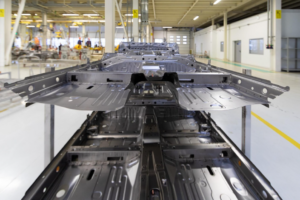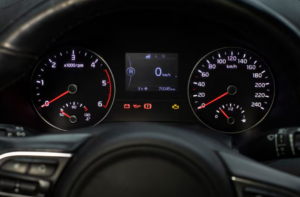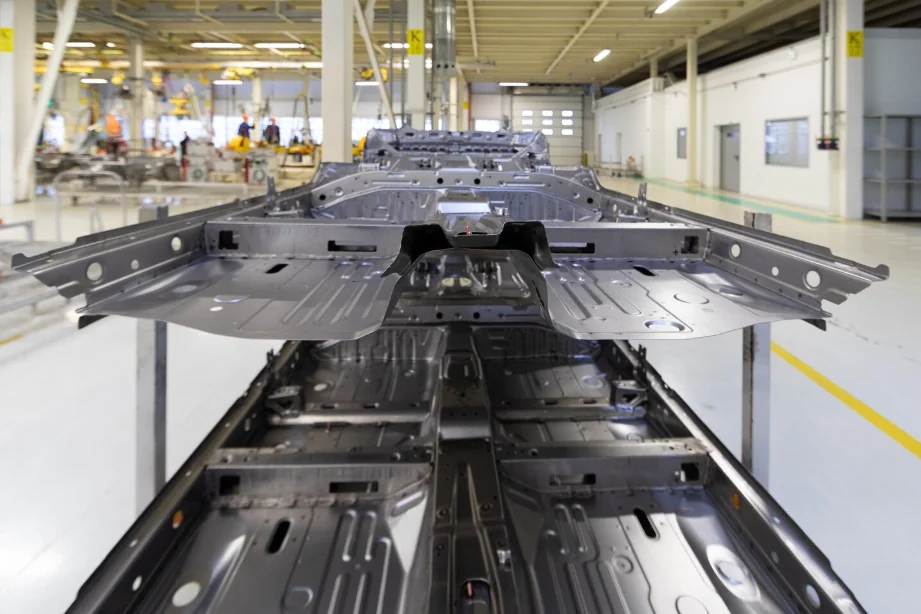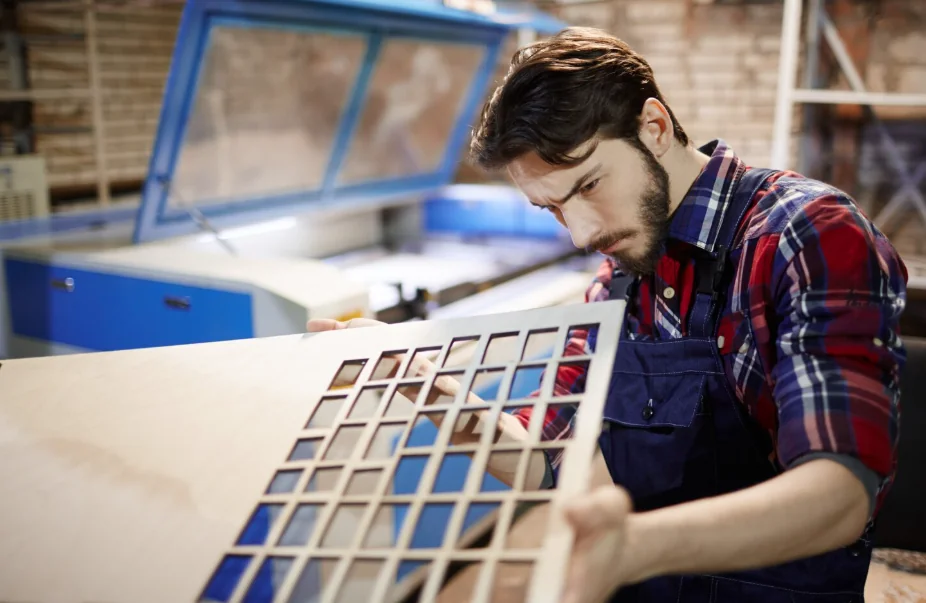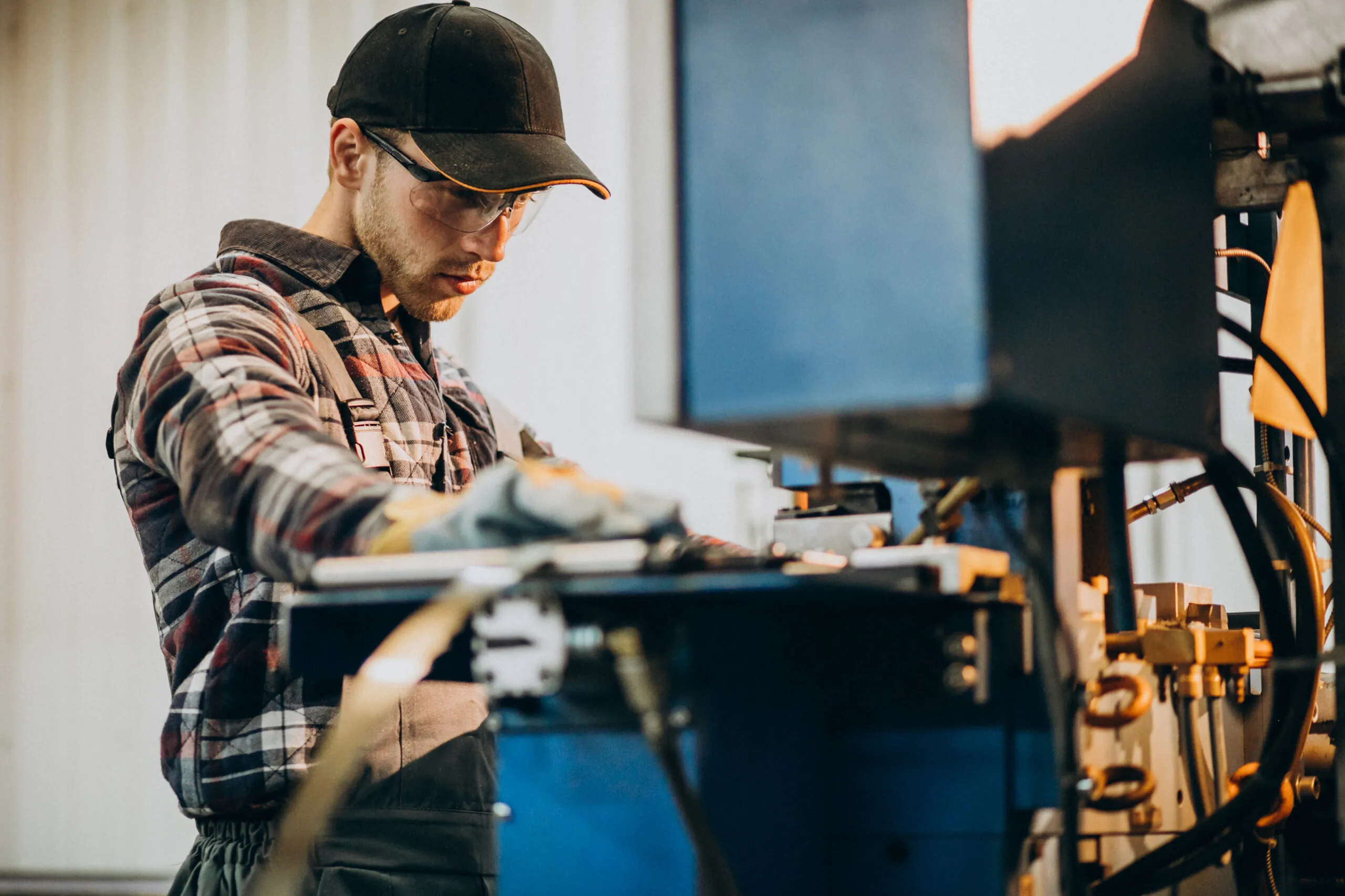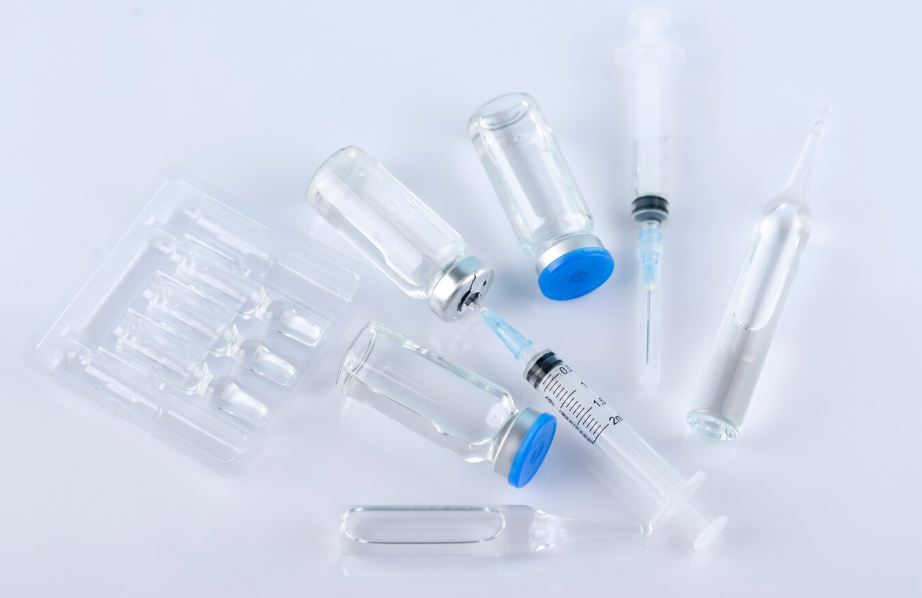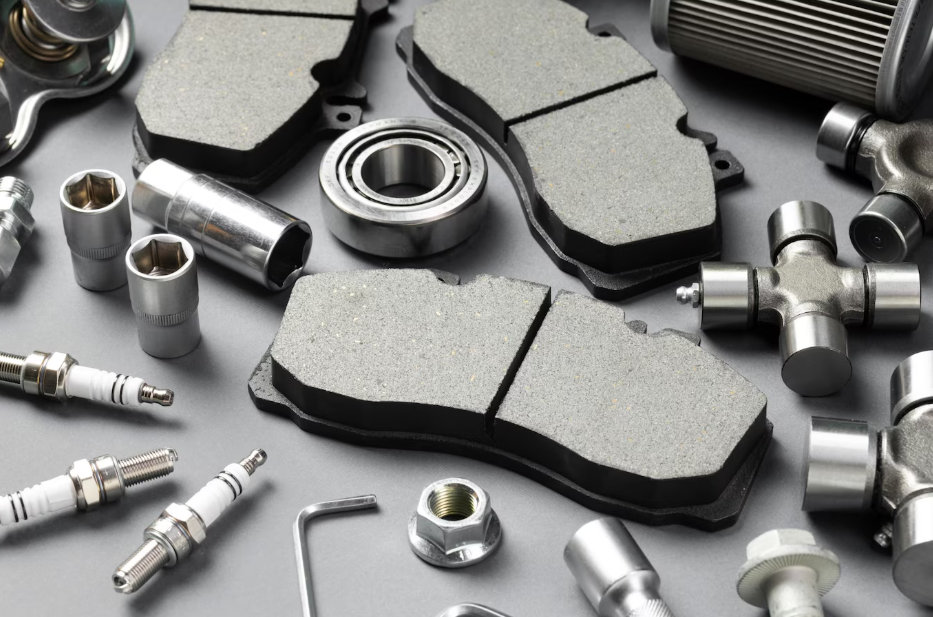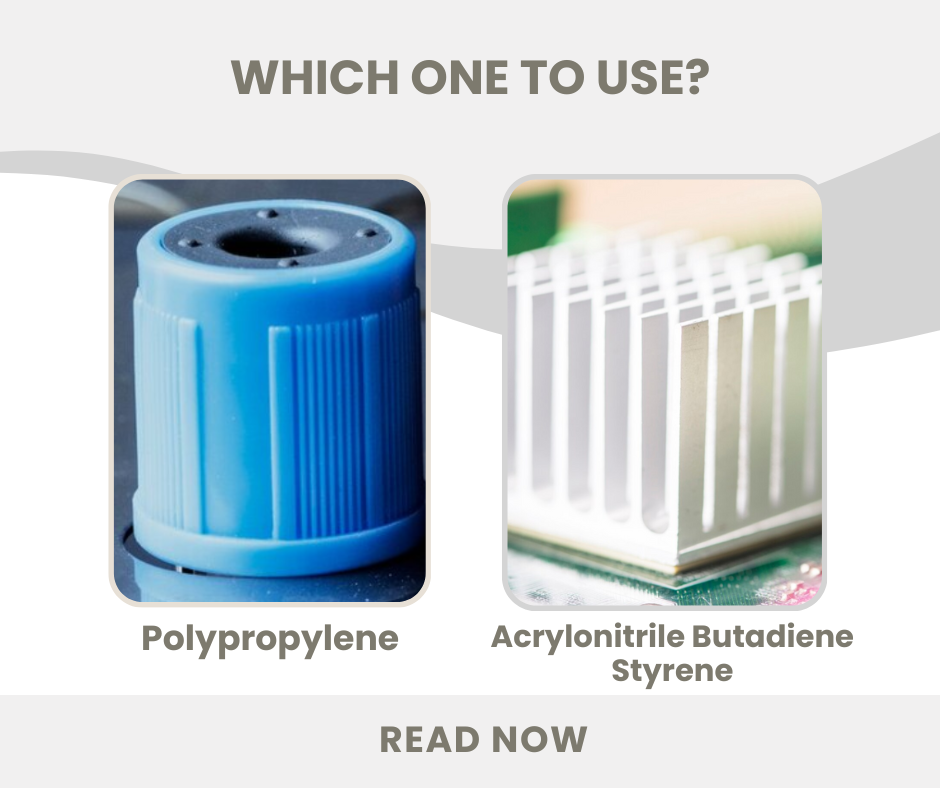Plastic injection molding allows automobile manufacturers to make multidimensional components on the interior and exterior, as well as rapid cycles when the tooling is established. DFM consists of shaping the part and the mold to run cleanly in the press on the first day.
To that end, maintain uniformity of walls, provide sufficient draft, locate ribs and bosses intelligently, use sensible locations of gates and vents, and call tolerances to which the process can be subjected.
Do this early to disregard common defects in molding, such as sink, warp, flash, and burn, which contribute to the production of consistent, high-quality automotive plastic parts.
Table of Contents
ToggleKey DFM Guidelines for Automotive Plastic Parts
Wall Thickness
Minimize warping and sinks of automotive plastic parts while keeping walls as relatively uniform as possible. When changes are inevitable, taper gradually and do not jump to a large thickness.
Design in the recommended range of walls of each material, and use coring or ribs rather than bulk thickness for stiffness. Professionals recommend maintaining close walls within prescribed ranges and avoiding long unsupported durations and sharp internal corners.
Draft Angles
Add a draft on every pull-direction face. A good starting point is 0.5-1° per side, along with 1-2° working well for most parts. Textured surfaces need more, say 3° for light textures and 5° or more for heavy ones. Such values lower drag, guard surface finish, and ease ejection.
Ribs and Reinforcements
Use ribs to stiffen thin sections without adding mass. Keep rib thickness to 50-60% of the nominal wall to avoid sink, add 0.5° draft per side, and cap rib height 2.5 times the wall. Add a fillet at the rib base in the 0.25-0.5 times wall range to decrease stress and read-through. Suppose you need more stiffness. In that case, use more ribs rather than thicker ones.
Fillets on Sharp Corners
Rounded corners lower stress and cosmetic concerns and facilitate flow. You may take the inside radius half the thickness of the wall, and the outside one equal to the inside radius + the wall thickness. Thus, section changes are smooth. Sharp internal corners may cause defects.
Gate and Runner Design
Gate into thicker sections so that the part packs from thick to thin. Keep weld lines away from cosmetic or high-load areas. Balance multi-cavity runners, and therefore, each cavity fills at a similar time and pressure. Apart from that, use cold-slug wells at runner turns to trap chilled melt. Such steps improve fill, consistency, and surface quality for automotive plastic parts.
Material Selection
Pick resins for the environment. Common materials are ABS, PA66 or nylon, and PP. Nevertheless, they all require heat, chemical, ultraviolet, and interior air quality tests. For interiors, low VOC or FOG per VDA 278 should be available. Exposure to sunlight: Parts are authenticated with xenon-arc weathering (SAE J2412/J2527).
On the same note, housings near electronics can also be pegged to ISO 16750 climatic loads. Chemical-resistance data should be used in the presence of fuels, salts, cleaners, or coolants.
Common Defects in Automotive Injection Molding
| Defect | Cause | DFM Solution |
| Warping & Shrinkage | • Differential cooling from non-uniform wall thickness. • Thick sections create internal stress/sink. | • Keep uniform wall thickness. • Add ribs to stiffen without thick sections. |
| Surface blemishes (flow/weld lines, jetting) | • Poor gate placement causes flow hesitation and weld lines in visible areas. | • Choose gate locations to steer weld lines away from cosmetic zones. • Run flow/simulation analysis to foretell and fix flow-related defects. |
| Short shots / incomplete fills | • Excessive pressure loss or unbalanced flow from undersized/poorly balanced runners and gates. | • Optimize the runner system to lower pressure drop. • Ensure all cavities receive consistent pressure and flow. |
DFM Considerations by Material
| Material | Key DFM Tip | Typical Automotive Applications |
| PP / TPO (polypropylene) | • Keep walls uniform and ribs 50-60% of wall thickness to avoid sink/warp. • Add generous internal radii (≥25% of wall, 75% ideal for PP) to cut stress concentrations. | • Bumper fascia, instrument panels, door trims. |
| PC/ABS (Bayblend®) | • Avoid sharp corners. Use radii and adequate draft (0.5-1°+ per side and more if textured). • Gate away from cosmetic Class-A surfaces. | • Decorative bezels, air vents, airbag covers, and center console components. |
| PA66 (nylon 66, GF) | • Account for moisture uptake in tolerances. • Provide uniform walls and sufficient draft to manage higher shrinkage. | • Radiator end tanks, thermostat housings, air-intake/charged-air duct parts. |
| PBT-GF (Ultradur®) | • Expect anisotropic shrinkage from glass fibers. • Use uniform walls, added draft, and thoughtful gate placement to control fiber orientation. • Low-warpage grades help. | • Plug-in connectors and housings. • Also used in car door-handle parts. |
| POM/acetal (Delrin®) | • Confirm venting and gate at the thick section to sweep air toward vents. • Provide up to 1° draft per side and more for tougher grades. | • Fuel-system components, gears, fasteners/seat-belt parts. |
Industry Applications and Examples
Instrument Panels and Dashboards
These are large automotive plastic parts, and consequently, keep the wall thickness undeviating to control warp. Use ribs instead of thick sections, along with an appropriate thickness to thwart sink. Add additional draft on grained A-surfaces.
Nonetheless, heavier textures need more draft. Keep gates or ejectors off show faces, and tie bosses into nearby walls with ribs, not with pads.
Air Conditioning Vents and Grilles
Blades and bars are thin, and, hence, maintain even walls and use thin ribs. Add at least 0.5° draft on ribs and louver blades for clean release.
Guarantee strong mold venting to avoid burns and short shots in these thin edges. Keep weld lines away from pivot bosses and snap-fits.
Headlamp Housings and Trim Pieces
Keep walls uniform and use ribs for stiffness. Place gates and manage flow so weld lines avoid sealing flanges and fastener bosses. Provide a higher draft for textured trim and lamp shapes. Such automotive plastic parts also benefit from good venting to avert burn in enclosed cavities.
APT-Mold for Plastic Injection Molding Automotive Parts
As DFM for automotive injection molding involves many detailed and sometimes challenging considerations, it’s often best to work with a partner who can provide both expertise and practical solutions. APT-Mold could be the partner you’ve been looking for to handle the complexities of automotive injection molding.
At APT-Mold, we specialize in plastic injection molding for automotive applications. From the earliest stages, our experienced engineers provide DFM support to help optimize your parts for cost, efficiency, and performance.
We offer a wide selection of high-quality plastics, including ABS, PC, nylon, PP, and TPU, along with various finishing options to meet your exact specifications. Our flexible manufacturing capabilities can handle complex designs such as sliders, lifters, manual loading inserts, and interchangeable components.
Quality is at the core of everything we do. Operating under ISO 9001:2015 and IATF 16949:2016 standards, APT-Mold uses advanced measurement tools, including coordinate measuring machines and image measuring systems, to ensure every part meets strict tolerances and durability requirements.
Partnering with APT-Mold gives you reliable, lightweight, and durable automotive plastic parts, supported by expert technical assistance at every stage of production.

